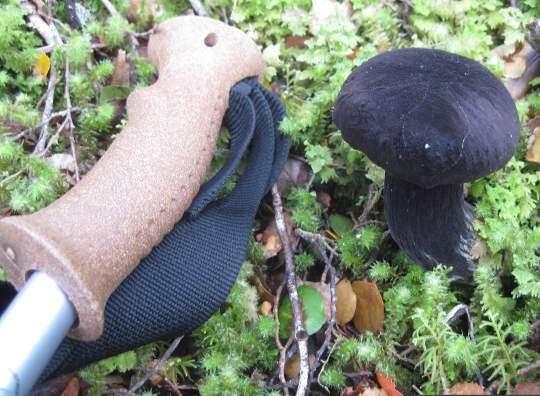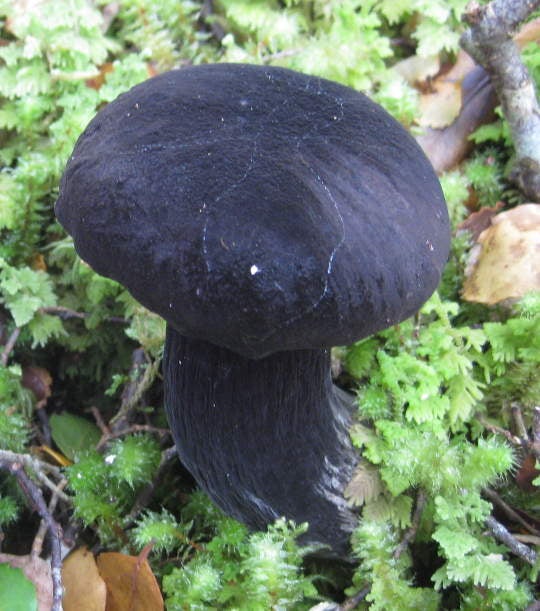This article was published in Scientific American’s former blog network and reflects the views of the author, not necessarily those of Scientific American

Credit: Jennifer Frazer
A few weeks ago I walked the Milford Track, one of the most famous short through-hikes in the world. It takes you through the wilds of New Zealand’s Fiordlands National Park, through ancient stands of southern beech shaggy with clinging plants and past streams so pure the guides assured us they all drink straight from them.
In our case, it also took us to a helicopter rescue after 12 inches of rain in 10 hours. We could hear the boulders dislodged by the thundering waterfalls tumbling from the cliffs around us as we waited hours for the rain to slacken enough for a helicopter to land. I got more adventure than I bargained for!
On supporting science journalism
If you're enjoying this article, consider supporting our award-winning journalism by subscribing. By purchasing a subscription you are helping to ensure the future of impactful stories about the discoveries and ideas shaping our world today.
One of the most startling finds of my journey were several clusters of an all-black, velvety mushroom. Found nowhere but New Zealand. Home of a near cult-like devotion to their national rugby team, the All Blacks.

Those appear to be slug slime trails on the cap. Credit: Jennifer Frazer
After I peeked under the mushroom’s skirt, it became apparent it was a bolete, a group of mushrooms with a sponge-like pore layer where the gills would normally be. Pores, like gills, are about maximizing the surface area for making spores. In this mushroom, they were white when young, becoming golden in the oldest specimens I saw as spore production racheted up.
A black bolete – actually, any black mushroom – is a novelty to me. The most famous bolete, the delicious porcini, possesses a lovely rich brick red (or sometimes creamy) cap here in Colorado, but a brown one in other parts of the world. The rest of our boletes come in shades of brown, yellow, orange, and red.
The only other black mushroom-like fungi I know of are deeply weird and in two very unrelated groups – the black earthtongue, and the morbid Dead Man’s Fingers, so named because the above-ground portion appears to be the work of a shoddy gravedigger.
A quick internet search revealed that this black mushroom is likely Tylopilus formosus, a species known to play root footsie with native southern beeches and manuka (source of New Zealand favorite Manuka honey), both abundant in the area I saw the mushrooms. Someone has even previously reported T. formosus from the Milford Track, way back on January 25, 1957. And, rather perfectly, it appears to be found exclusively in New Zealand. Might an American humbly suggest a candidate for national fungus?